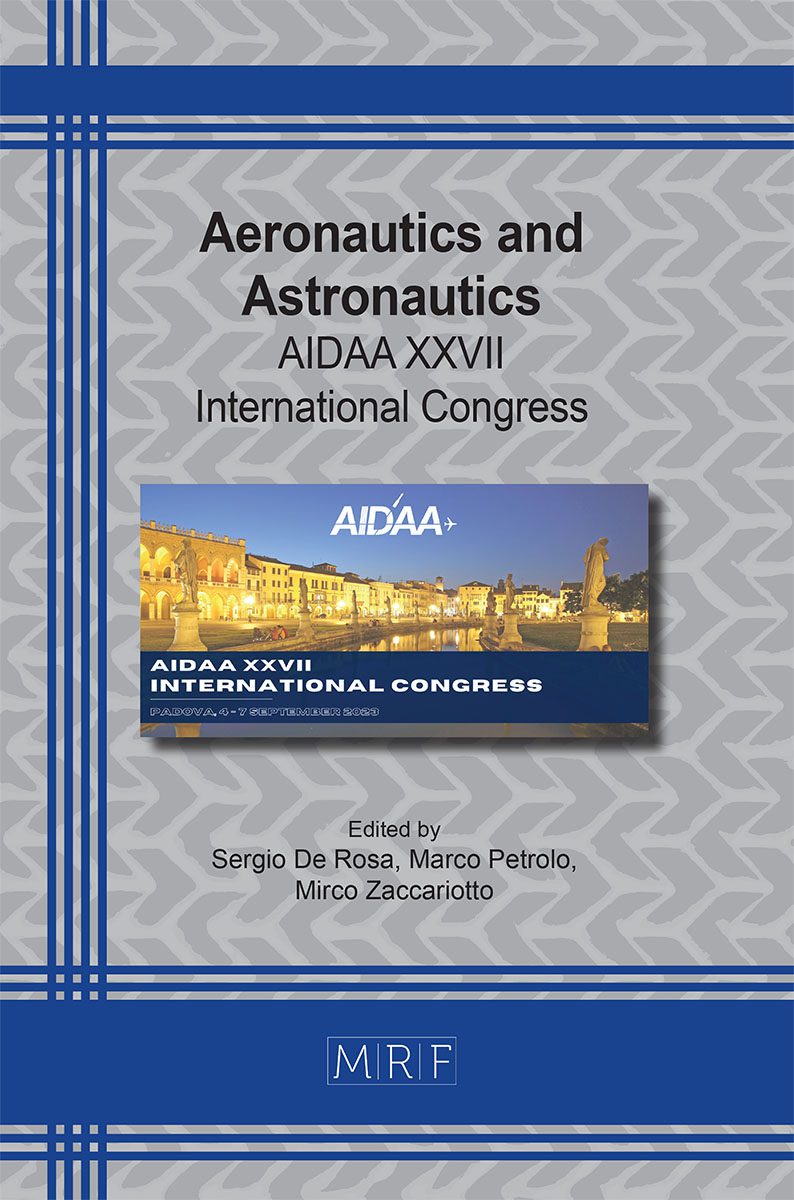Concept and feasibility analysis of the Alba CubeSat mission
M. Mozzato, S. Enzo, R. Lazzaro, M. Minato, G. Bemporad, D. Visentin, F. Filippini, A. Dalla Via, A. Farina, E. Pilone, F. Basana, L. Olivieri, G. Colombatti, A. Francesconi
download PDFAbstract. Alba CubeSat is a 2U CubeSat which is being developed by a student team at the University of Padova. The Alba project aims to design, build, test, launch, and operate University of Padova’s first student CubeSat, featuring four different payloads that aim to satisfy four independent objectives. The first goal is to collect data regarding the debris environment in LEO, the second goal is the study of the satellite vibrations, the third one is about CubeSat attitude determination through laser ranging technology and the fourth goal concerns satellite laser and quantum communication. The Alba CubeSat mission has been selected by ESA to join the Fly Your Satellite! Design Booster programme in December 2022. This paper presents the feasibility study of the Alba CubeSat mission reproduced in the framework of the “Space Systems Laboratory” class of M.Sc. in Aerospace Engineering at the University of Padova. In the beginning, a mission requirements definition was conducted. After that, the mission feasibility was considered, with preliminary requirements verification to assess the ability of the spacecraft to survive the space environment, including compliance with Debris Mitigation Guidelines, ground station visibility and minimum operative lifetime evaluation. The Alba mission sets a base for a better understanding of the space environment and its interaction with nanosatellites, and an improvement of the accuracy of debris models. Furthermore, this paper, describing the educational experience and the results achieved, will provide a useful example for future students’ studies on CubeSat mission design.
Keywords
CubeSat; Feasibility Analysis, Debris, Fly Your Satellite! Design Booster
Published online 11/1/2023, 4 pages
Copyright © 2023 by the author(s)
Published under license by Materials Research Forum LLC., Millersville PA, USA
Citation: M. Mozzato, S. Enzo, R. Lazzaro, M. Minato, G. Bemporad, D. Visentin, F. Filippini, A. Dalla Via, A. Farina, E. Pilone, F. Basana, L. Olivieri, G. Colombatti, A. Francesconi, Concept and feasibility analysis of the Alba CubeSat mission, Materials Research Proceedings, Vol. 37, pp 495-498, 2023
DOI: https://doi.org/10.21741/9781644902813-108
The article was published as article 108 of the book Aeronautics and Astronautics
![]() Content from this work may be used under the terms of the Creative Commons Attribution 3.0 license. Any further distribution of this work must maintain attribution to the author(s) and the title of the work, journal citation and DOI.
Content from this work may be used under the terms of the Creative Commons Attribution 3.0 license. Any further distribution of this work must maintain attribution to the author(s) and the title of the work, journal citation and DOI.
References
[1] Development of a multi-payload 2U CubeSat: the Alba project – F.Basana, A.A. Avram, F.Fontanot, L.Lion, A.Francesconi – 4th Symposium on Space Educational Activities – Barcelona, April 2022
[2] European Space Agency – Margin Philosophy for Science Assessment Studies – Issue 1 – Revision 3 – 15/06/2012
[3] ESSB-HB-U-002 – ESA Space Debris Mitigation WG. – ESA Space Debris Mitigation Compliance, Verification Guidelines – Issue 1 – 19/02/2015
[4] LIOU, J.-C., et al. dragons-a micrometeoroid and orbital debris impact sensor. In: Nano-Satellite Symposium (NSAT). 2015












